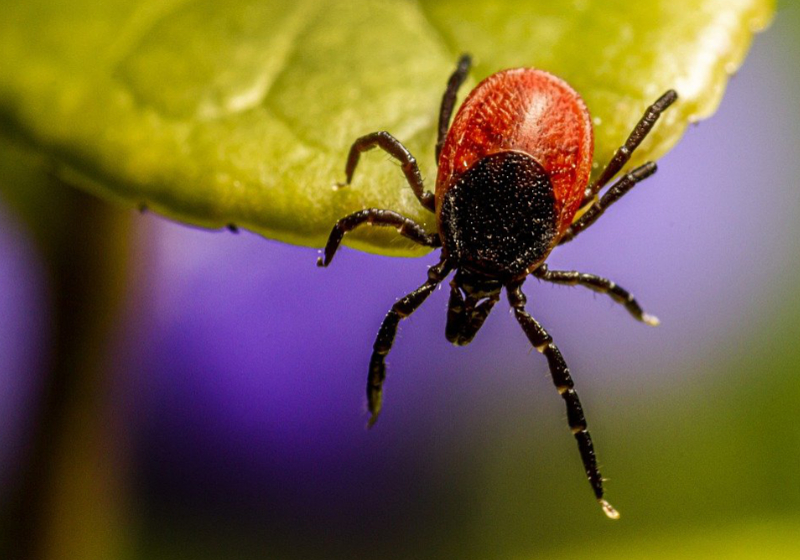
Photo: Emerson Peters/Unsplash
by Kim Salerno
TripsWithPets
TripsWithPets
Summer is a season of travel. More people hit the road during the warmer months, whether to visit friends and family, explore new places, or go on outdoor adventures. And the good news is, many summer travelers are bringing their pets along. But are pet parents taking enough precautions to keep everyone in their car safe?
Pets should always be restrained in a back seat to prevent them from injury if an airbag is deployed.
If you cannot restrain your pet with a reputable, tested car restraint, the next safest option is to place your pet in the footwell behind the front seat.
Smaller pets are safer when fully contained in a restrained carrier, while larger dogs should ride in a car safety harness that does not connect the pet with an extension tether.
Pets should be unable to slide forward far enough to “submarine,” or drop off the seat, at any point during a collision.
Securing pets is the best way to ensure you and your pets have happy, distraction-free travels during summer, and all year round.
The perils of distracted driving
We often think nothing of adjusting our GPS system, changing our music, or petting our furry passenger while we drive, but the implications of taking our eyes off the road, our hands off the wheel, or our minds off of driving, can be very serious. According to the Center for Disease Control, or CDC, distracted driving and a failure to pay attention to road and traffic conditions cause 25 to 30 percent of police-reported traffic crashes, which add up to roughly 1.2 million crashes each year. In addition, the National Highway Traffic Administration, or NHTSA, notes that roughly 20 percent of car accident injuries involve distracted driving.
Distracted driving and pets
Distracted driving is of most concern in summer, when it typically reaches its peak as more younger drivers take to the road, and more people in general take the opportunity to travel, explore, or visit family. Traveling with pets compounds this concern, as unrestrained pets can both cause distractions and make accidents more dangerous.
“Pets can easily take a driver’s attention from the road, posing a serious risk not only to the pet but also to the passengers riding in the same vehicle,” says Michael Leung, co-founder and lead product designer of Sleepypod, a manufacturer of premium pet carriers and pet restraint systems. “If there is nothing restraining a pet in a hard stop or car accident, the pet can become a projectile and potentially collide with fellow pets or human passengers.”
Such a collision could be catastrophic, regardless of a pet’s size. A 10-pound dog in a 50-mile-an-hour car crash exerts 500 pounds of force. Meanwhile, an 80-pound dog in a 30-mile-per-hour crash exerts 2,400 pounds of force.
Unrestrained pets may also fall or jump out of open windows or flee the car in fear after a crash, potentially becoming lost, injured, or worse.
Keeping pets safe with restraints
A quality, rigorously tested pet restraint can make all the difference in preventing distracted driving and keeping human and pet passengers safe during an accident. Interestingly, an American Automobile Association (AAA) survey found that, while more than 80 percent of drivers admitted that they recognize the dangers of driving with an unrestrained pet, only 16 percent used pet restraints.
“Hopefully, you’ll never have to put a car restraint for your pet to the test,” says Michael, “But taking an extra minute to properly secure a pet before heading on the road for summer adventures could offer peace of mind and reassurance.”
Best practices for pet restraint
Michael spearheaded Sleepypod’s rigorous advanced crash-testing program, which includes a large and growing family of crash test dummy dogs and cats featuring sensors and monitors that measure car crash and pet restraint data. In addition, he and his research and development team gather real-life accident data through Sleepypod’s Crash Replacement Program, which offers customers who have used a pet safety restraint while in an accident replacement pet restraints or discounts on new pet restraints.
Michael offers the following tips for minimizing pet-related distractions and keeping pets safe during accidents:
Kim Salerno is CEO/Founder for TripsWithPets, Inc. TripsWithPets is a leader in the pet travel industry – providing online reservations at pet-friendly hotels across the United States and Canada.





